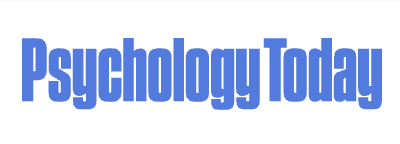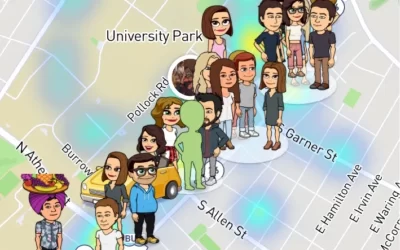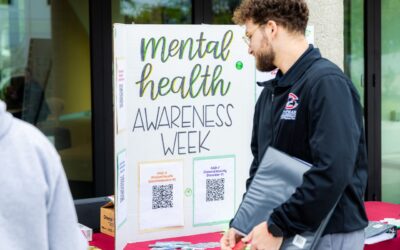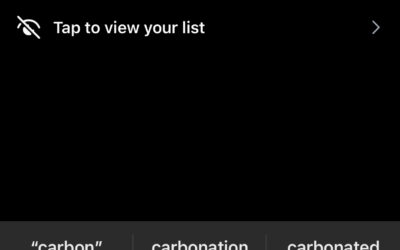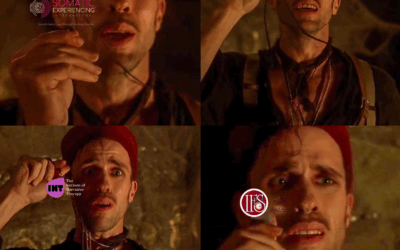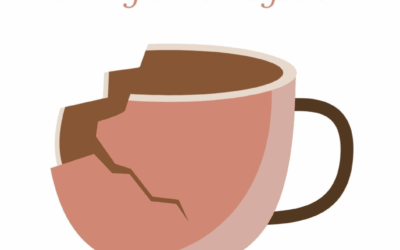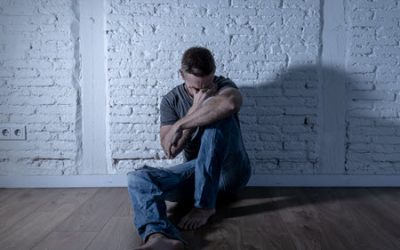Find My Writing On Psychology Today
Very exciting, I've been asked to be a contributing blogger on Psychology Today! Check out my first blog post about the rising concerns of young men toward online sports gambling: If Young Men Say It’s a Bad Idea, Believe Them. And you can check out my entire...
How to Make Friends in San Diego: 4 Great Communities
Looking for how to make friends in San Diego? You’re not alone. I’m Matt Bishop, LMFT, and after 38 years as a local, I’ve seen how this city can feel both vibrant and isolating. When I tell people I was born and raised here, the response is usually the same: “Whoa, a...
How Constant Surveillance Shapes Teen Anxiety and Identity
Growing Up in a World of Constant Observation When I was a teenager, I had a lot of breathing room between me and my academic mistakes. A bad report card or progress report arrived every six or so weeks. A bad grade on an otherwise good report card was hidden...
I Love My Teen, So Why Do They Still Feel Inadequate?
You probably give your child more love, encouragement, and intentional awareness than you yourself ever received growing up. You read the parenting books and listened to the podcasts. You watch the TED Talks and have talked to your therapist about all the ways you...
San Diego Therapy for College Student Mental Health: Beyond Wellness-Washing
San Diego therapy for college student mental health is often reduced to what looks like “wellness-washing.” Walk around a campus during “Mental Health Awareness Week” and it feels more like marketing than medicine. Posters, hashtags, free water bottles, every slogan...
I Cannot Compete with Your Depressing Algorithm: Therapy in the Age of Social Media
Why Your Algorithm Matters This isn’t another blog about how screen time is bad for your mental health. I’m not going to bury you in statistics or policy debates. Instead, I want to talk straight: me, a therapist, to you, a potential client, about your relationship...
The Misty Forest: A Symbol for Therapy and Transformation
In my San Diego therapy office sits a landscape painting of a misty, shadowed forest. It hangs directly over my right shoulder, so when clients look at me, it’s always there in the background. The rest of the office is much brighter. Two of my favorites are framed...
Haunted by Too Many Therapies: When Healing Turns Into a Necklace of Labels
The Mummy and the Necklace of Prayers In the 1999 adventure film The Mummy, Brendan Fraser and Rachel Weisz share the screen with a character who becomes the villain’s lackey. Facing death, he clutches at his neck, revealing a jumble of religious pendants. Desperate,...
This Isn’t About You: Some Thoughts About The Therapist-Influencer Combo
Therapy is where your story can be poured out—not where your therapist’s story should be performed. Here’s why the container must remain sacred.
Trauma Healing Myths: Why You Are Not Polluted | Sonder Therapy Group
Why I Bristle at Bad Ideas In today’s post, I want to push back on some common trauma healing myths—especially the idea that trauma is a kind of toxin ‘stored’ in the bodyAs a therapist and teacher, I live with a daily tension: letting shaky ideas pass or calling them...

